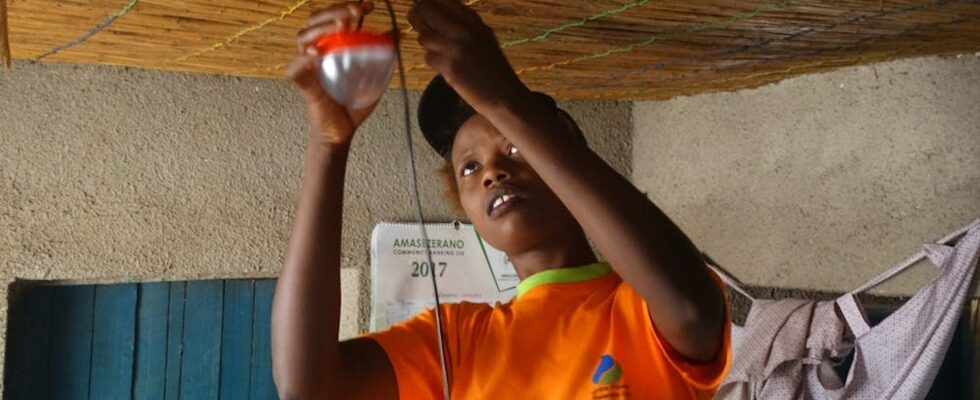In 2008 there was only electricity in the homes of every 16th person, but in 15 years the proportion has risen and now three out of four Rwandans have electricity at home. New figures from the Ministry of Infrastructure show an increase from six to 75 per cent of the population, at the same time all health buildings, such as health offices and hospitals, and five out of six schools in the country have also received electricity. The World Bank calls it one of the fastest increases in access to electricity in the world. Electricity is an important factor in fighting poverty and raising people’s quality of life. Without electricity, electric lights do not work, and children have to do their homework by expensive and extremely harmful petroleum lamps. With electricity, you can charge mobile phones and keep in touch with friends and family. You can follow society with radio and TV. Refrigerators can keep food fresh, air conditioning cools things down and an electric stove avoids toxic smoke from cooking fires. – Energy and health are linked, writes the World Health Organisation, which also emphasizes the importance of electricity for the fight against poverty, for the right to education and economic growth. Hydropower pulls the load Hydropower in particular provides electricity in Rwanda. Green electricity from hydropower has increased by about fourfold since 2008, so that more than half of the electricity production in Rwanda now comes from hydropower. Since 2015, the use of natural gas has also risen a lot, in fact it is almost tenfold, but it is from a low starting point. Conversely, the burning of oil to create electricity has fallen in Rwanda. This shows data from the International Energy Agency. Solar energy covers a small part of the total amount of electricity that is produced. But small, off-grid solar systems – which are not connected to the electricity grid, but produce electricity for one or more homes – are growing rapidly and cover around one in five homes in Rwanda. The individual household often does not get very much electricity from the small plants, perhaps only enough for a few lamps, mobile phones, maybe a radio – but it is a way to quickly get electricity out to more people, without having to build large power plants and high-voltage lines. Rwanda has a target for 100 per cent of the population to have access to electricity in 2030 – and a climate target to cut CO2 emissions by 38 per cent compared to 2015 at the same time.
ttn-70
In Rwanda, millions of people have received electricity in their homes

